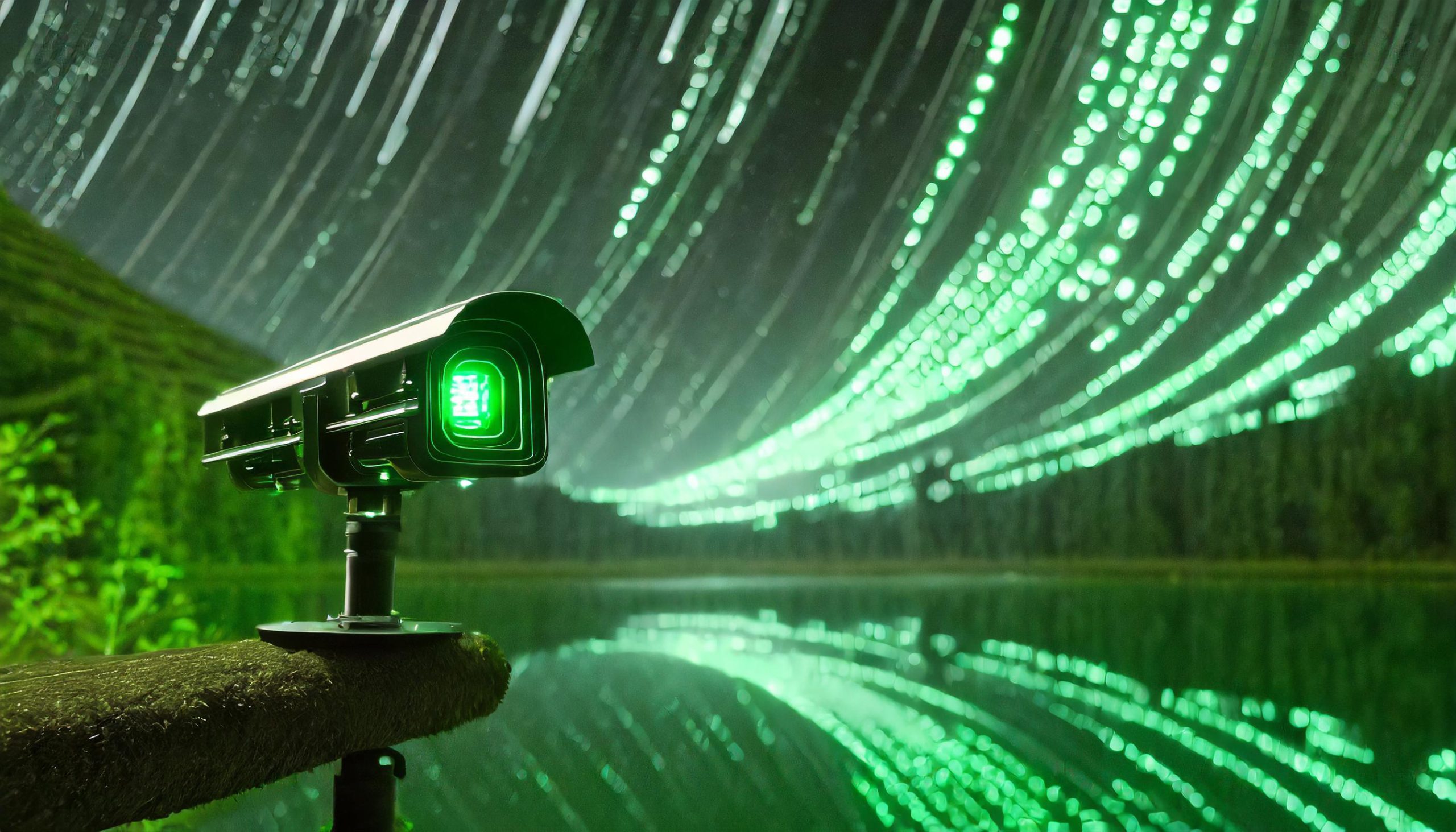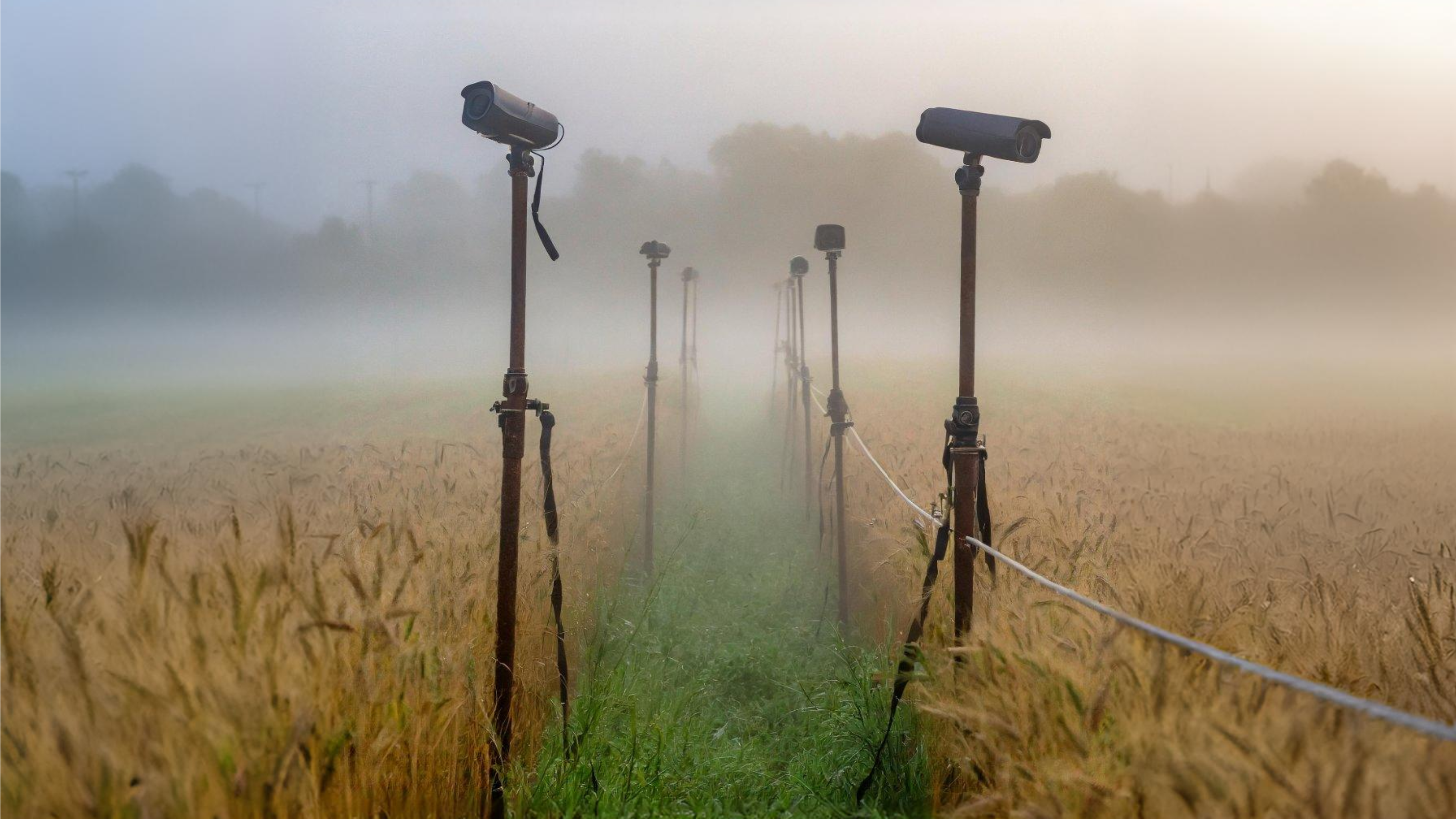Why should humans do what machines do better?
Could you picture yourself lounging on the porch and counting stars in the night sky? And the same while counting: pigs? Sounds unbelievable, right? But with us, the unimaginable became reality! Our experts are here to unravel the details behind their incredible innovative technology in the 2nd episode! And here, in this article, you can learn the technological background behind the invention!
Machine vision is the backbone of AI-based animal counting and fattening-monitoring systems. But what exactly is machine vision? Simply put, it is the technology and methods used to enable machines, typically computer systems or robots, to visually perceive and interpret the surrounding environment. It involves the use of various imaging techniques, such as cameras and sensors, along with advanced algorithms and computational processing, to analyze and make sense of visual data. Machine vision systems can perform tasks such as object detection, recognition, classification, tracking, and measurement, often with high accuracy and speed. This technology finds applications in a wide range of industries, including manufacturing, robotics, healthcare, automotive, agriculture, and surveillance, among others.

The roots of machine vision can be traced back to the early 1960s when researchers began exploring ways to teach computers to recognize patterns and objects in images. One of the pioneering achievements during this period was the development of the first image-processing algorithms for edge detection and feature extraction. These algorithms laid the groundwork for subsequent advancements in machine vision technology.
In the 1970s and 1980s, the field of machine vision witnessed rapid growth and innovation fueled by advancements in hardware capabilities and computational algorithms. This era saw the emergence of early vision systems capable of performing tasks such as optical character recognition (OCR), industrial inspection, and robotic guidance. These systems relied on specialized hardware components such as frame grabbers, analog cameras, and dedicated image processing units.
The 1990s brought about a significant shift in machine vision technology with the advent of digital imaging sensors and powerful computing platforms. Digital cameras replaced traditional analog cameras, offering higher resolution, better image quality, and increased flexibility. At the same time, the availability of powerful processors and graphical processing units (GPUs) enabled more complex image processing and analysis tasks to be performed in real time.
The turn of the 21st century marked the beginning of a new era in machine vision characterized by the integration of AI and deep learning techniques. Deep learning algorithms, particularly convolutional neural networks (CNNs), revolutionized image recognition and classification tasks by enabling computers to learn complex visual patterns directly from data. This breakthrough led to significant improvements in object detection, image segmentation, and scene understanding capabilities.
Today, machine vision technology is ubiquitous across various industries and applications, driving automation, efficiency, and innovation. In agriculture, they enable precision farming techniques such as crop monitoring, yield prediction, animal counting and tracing the fattening.

Machine vision technology relies heavily on cameras. And what kind of cameras do we need to get the best results? Ten years ago, these would have been expensive and bulky hardware — but now they are small and affordable.
The evolution of cameras used in machine vision systems has been a critical enabler of the field’s advancement, providing the essential capability to capture and process visual information.
The journey begins with the first digital cameras, such as charge-coupled device (CCD) and complementary metal-oxide-semiconductor (CMOS) cameras. These were the earliest imaging devices used in machine vision applications. These cameras converted light into electrical signals and offered basic image capture capabilities suitable for early vision systems. However, they were limited in resolution, speed, and sensitivity compared to modern digital cameras.
These early digital cameras were developed to offer higher resolution, better image quality, and increased flexibility. They utilized digital sensors to capture images as pixelated data, which could be easily processed and analyzed by computers.
CMOS sensors have become more prevalent in recent years due to their advantages in terms of power efficiency, cost-effectiveness, and faster readout speeds. Modern digital cameras predominantly utilize CMOS based sensor technology.
In the 21st Century digital cameras became smaller, more affordable, and more sophisticated, with improved sensors, optics, and image processing capabilities. High-resolution cameras with megapixel levels of detail became commonplace, enabling finer-grained analysis and inspection tasks.
Today, digital cameras used in machine vision systems come in a variety of configurations tailored to specific application requirements. These include area scan cameras, line scan cameras, and 3D cameras, each optimized for different imaging scenarios and environments. Additionally, the integration of advanced features such as high-speed imaging, multispectral imaging, and machine vision-specific interfaces has further expanded the capabilities of modern cameras.
In the AGRI-FOOD.AI podcast, you can learn how your work can be made easier day by day with this increasingly sophisticated hardware when paired with the brilliant invention: the software of AGRI-FOOD.AI! In the 2nd episode, you’ll discover how the seemingly impossible becomes possible! Imagine a farmer – yourself – relaxing on the porch while AI counts livestock or monitors fattening progress without the need for individual scaling — all with 100 percent accuracy and without human intervention or errors!
And don’t forget to stick with us week after week! Because at AGRI-FOOD.AI, The Future is Now. Connect with us online fill out the form on our website, and we’ll get back to you ASAP. Send us your questions, share your experiences, and we’ll turn them into podcast gold with answers and solutions from the world of IT and AI technologies. Catch us on Spotify, and Apple podcasts, and YouTube. Subscribe to our channel to be the first to know when a new episode drops.
 2024-04-23
2024-04-23  PODCAST
PODCAST
 share
share


 Our website uses cookies
Our website uses cookies